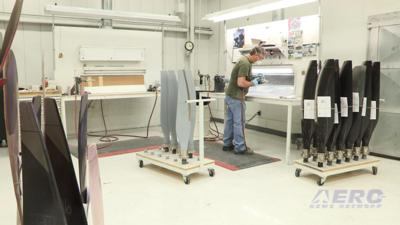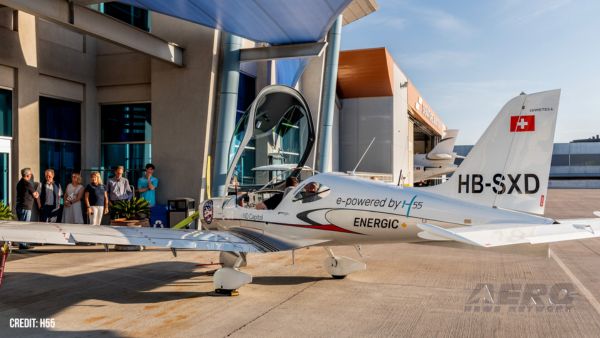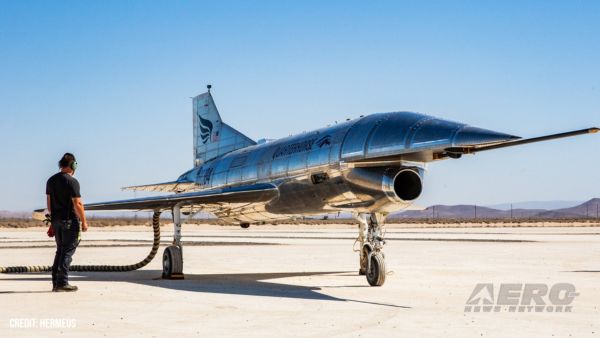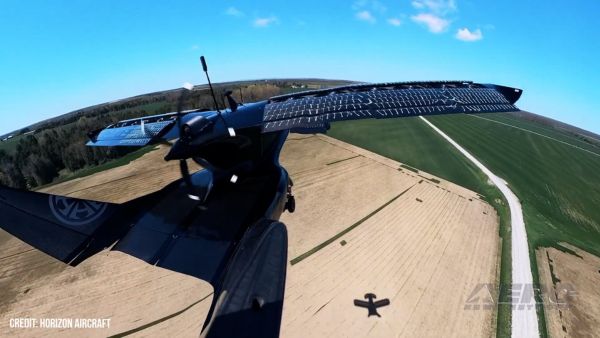Tue, Jan 18, 2022
Carbon Fiber, Glass-Impregnated Composites Leading the Pack For Component Popularity
Forecasted manufacturing component needs throughout the aerospace and defense industry are looking up, according to a recently released report analyzing the composites market through 2029.

As technology has improved, manufacturers have increasingly leaned into alternative materials for aircraft components, owing to a series of benefits ranging from decreased thrust requirements, reduced fuel consumption, and reduced carbon emissions. Use of fiber-impregnated polymers, carbon fiber, and other thermoset composites are quickly biting off a bigger piece of the market from traditional aluminum and steel for new production aircraft. The overall market for aerospace composites reached $20.13 billion, and is forecasted to grow by an average of 8.06% annually to eventually reach $46.47 billion in all. North America has assumed roughly 40% of the overall market revenue throughout a series of OEMs. Commercial aviation is responsible for more than 60% of the continent's aviation sector, with the remainder segmented between defense aviation, UAVs, soldier protection systems, armored vehicles. UAVs are expected to grow fastest out of the group, with an average growth rate of 12.36% overall.

In all, the largest composite market segment lies in carbon fiber reinforced composites, with similar glass fiber composites trailing behind. New developments in large-scale additive manufacturing (industrial scale 3d printing) are expected to lead to steady growth as the techniques are filtered down across the industry. Unpredictable catalytic effects of synergistic interactions between IT-based technology and advancements in manufacturing could show sharp increases in efficiency, as seen to an extent between computerized rapid prototyping and printable components in turbine engine design. Reduced numbers of components in the next generation of turbine engines can enhance reliability, simplify production, and increase efficiency all at once.
More News
From 2021: The Inside Skinny On What Being An ANN Oshkosh Stringer Is All About By ANN Senior Stringer Extraordinare, Gene Yarbrough The annual gathering at Oshkosh is a right of p>[...]
Video Showed That During The Takeoff, The Nose Baggage Door Was Open On May 10, 2025, about 0935 eastern daylight time, a Piper PA-32RT-300, N30689, was destroyed when it was invol>[...]
Get The Latest in Aviation News NOW on Instagram Are you on Instagram yet? It's been around for a few years, quietly picking up traction mostly thanks to everybody's new obsession >[...]
"I think what is key, we have offered a bonus to air traffic controllers who are eligible to retire. We are going to pay them a 20% bonus on their salary to stay longer. Don't reti>[...]
Aero Linx: Pilot Briefing The gathering, translation, interpretation, and summarization of weather and aeronautical information into a form usable by the pilot or flight supervisor>[...]
 Oshkosh Memories: An Aero-News Stringer Perspective
Oshkosh Memories: An Aero-News Stringer Perspective NTSB Prelim: Piper PA32RT
NTSB Prelim: Piper PA32RT ANN FAQ: Follow Us On Instagram!
ANN FAQ: Follow Us On Instagram! Aero-News: Quote of the Day (05.28.25)
Aero-News: Quote of the Day (05.28.25) ANN's Daily Aero-Term (05.28.25): Pilot Briefing
ANN's Daily Aero-Term (05.28.25): Pilot Briefing




